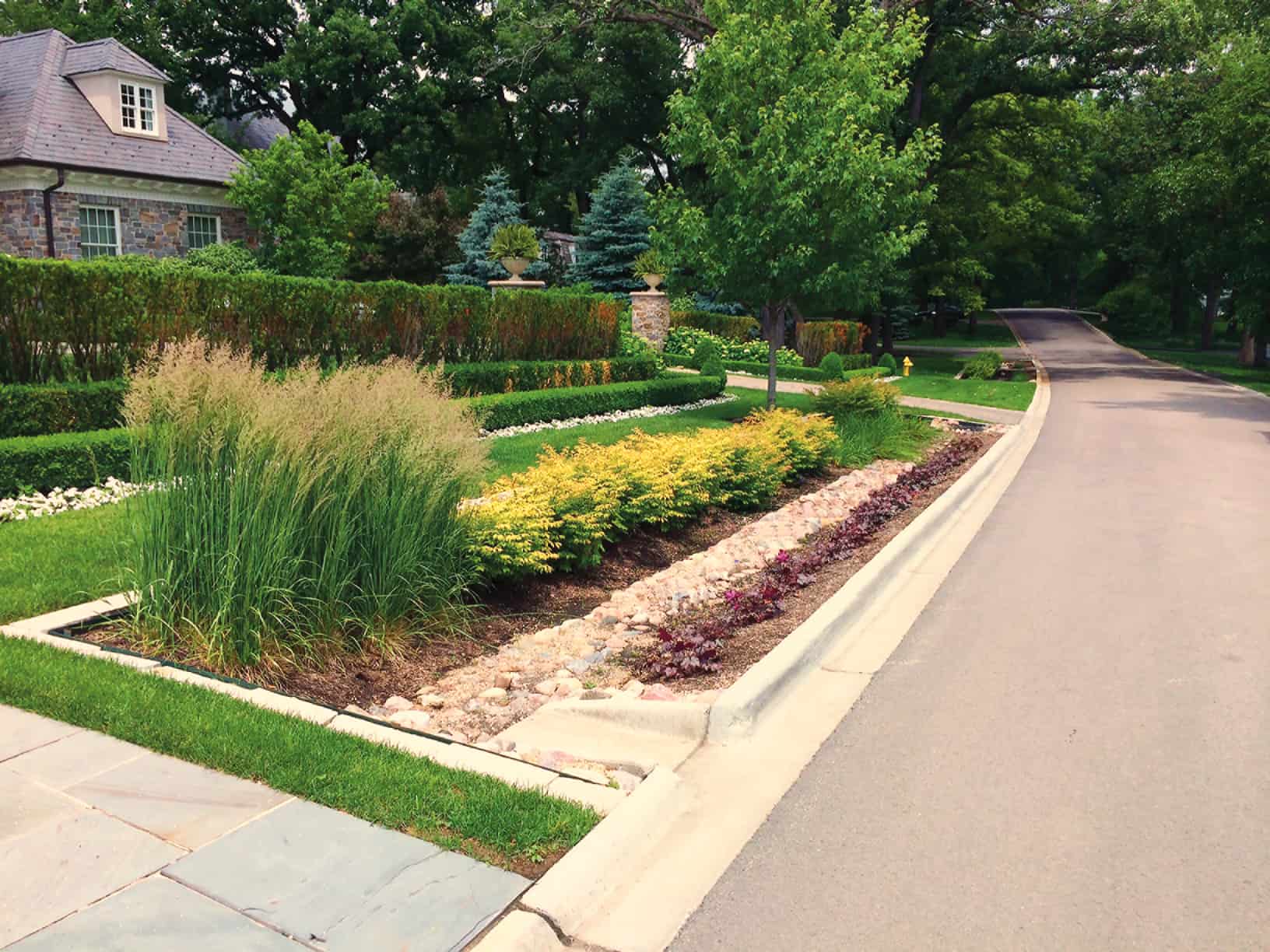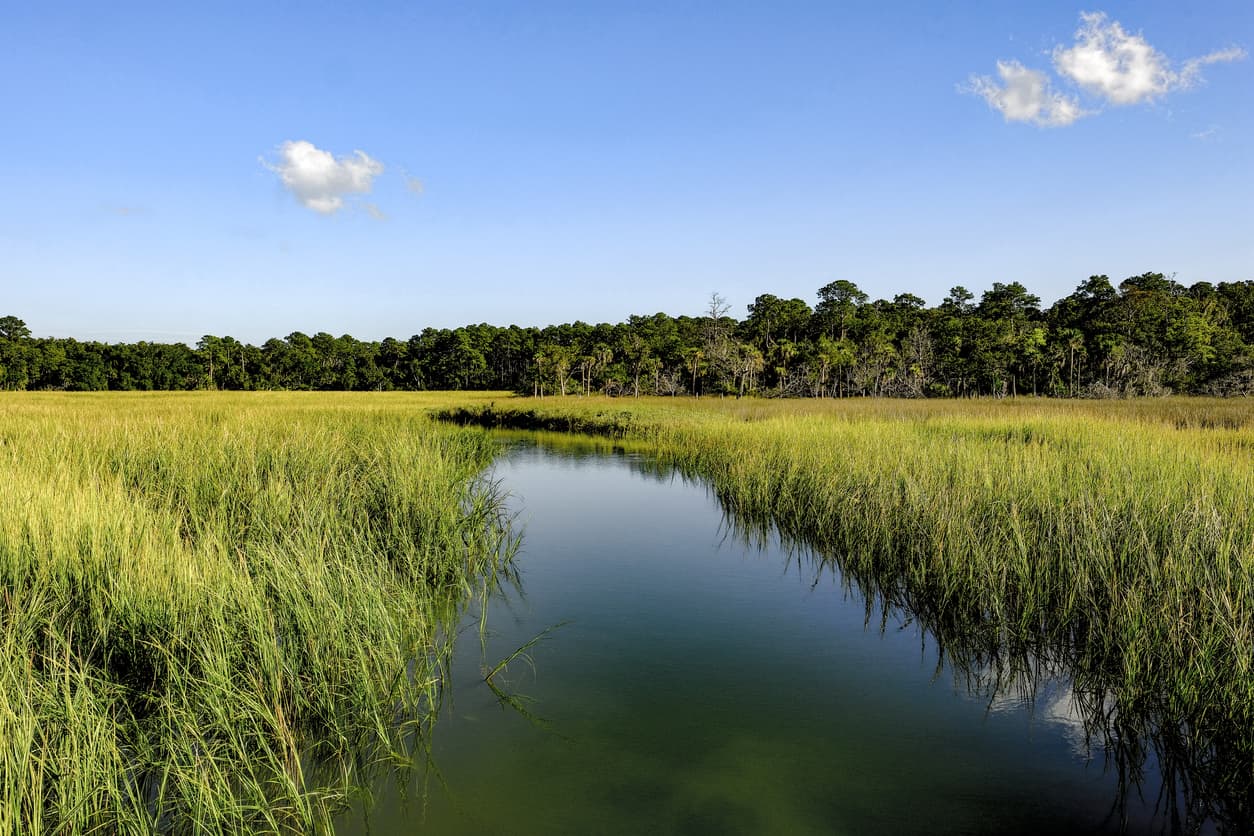
How Civil Engineers Can Promote Biodiversity on this Earth Day
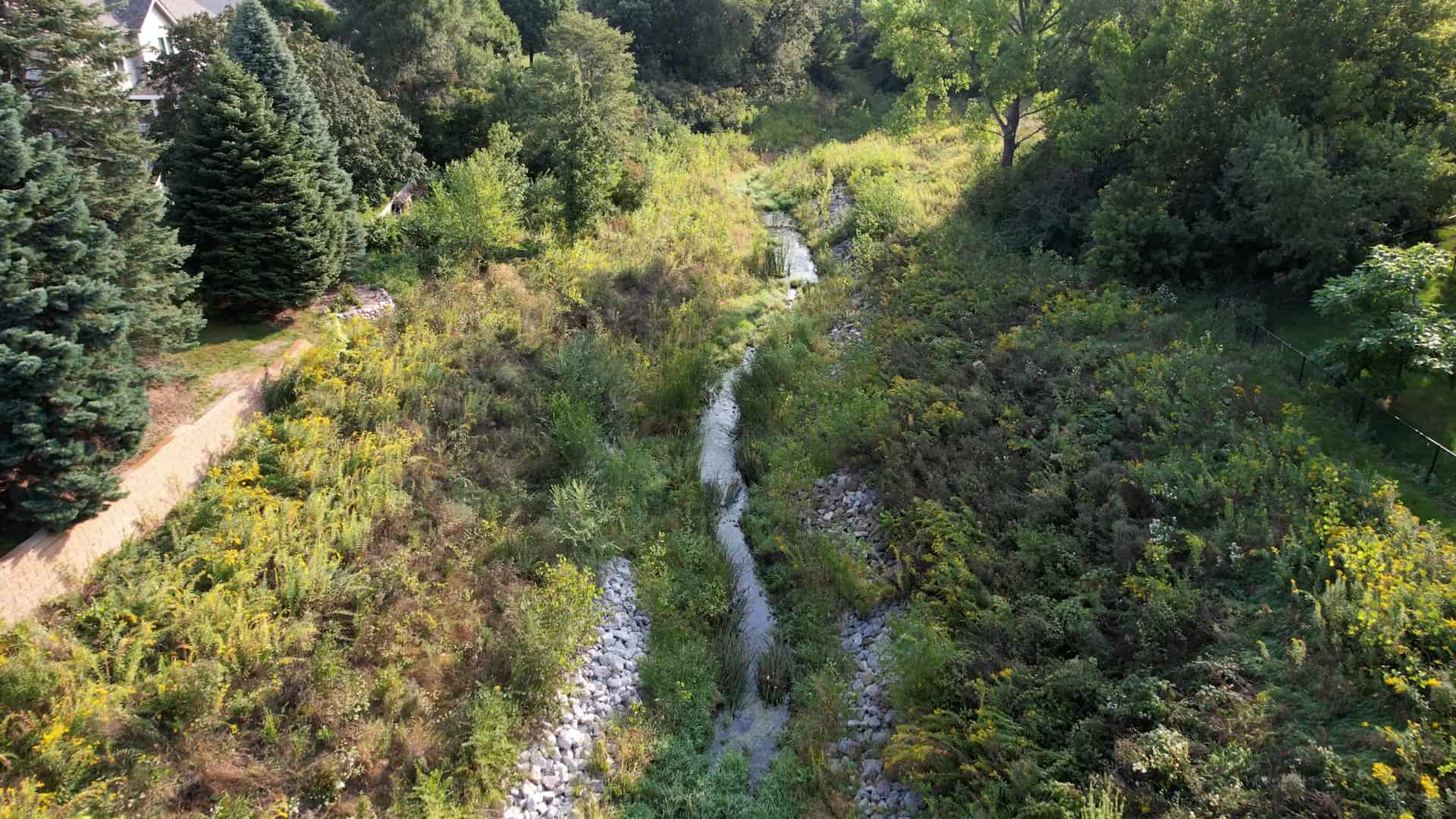
Each year on Earth Day, over 190 countries come together to celebrate the Earth and to spread awareness about the need to protect our planet. One critical aspect that makes our Earth so special is the biological diversity (aka biodiversity) that makes up our natural world. Biodiversity refers to the variety of species on Earth that sustain life, ranging from microorganisms, fungi, plants, animals, and humans. Unfortunately, biodiversity loss has become a growing concern. According to the United Nations, “the world is currently facing the largest extinction event since the dinosaurs disappeared.” Although alarming, there is still a chance to halt and reverse biodiversity loss by protecting and restoring the ecosystems in our communities.
As Civil Engineers, we are tasked with designing, building, and maintaining the infrastructure necessary to build communities and improve lives. It is important to acknowledge that the design decisions we make every day have a direct impact on our natural environment and biodiversity. In honor of Earth Day 2024, below are a few sustainable civil engineering practices to promote biodiversity in our communities.
1. Protect Our Wetlands and Waterways
Land disturbance activities are an inevitable part of any civil engineering project. More often than not, our project limits have at least one wetland or waterway that is at risk of being impacted during construction. To protect biodiversity in our communities, Civil Engineers must be the wetland and waterway guardians.
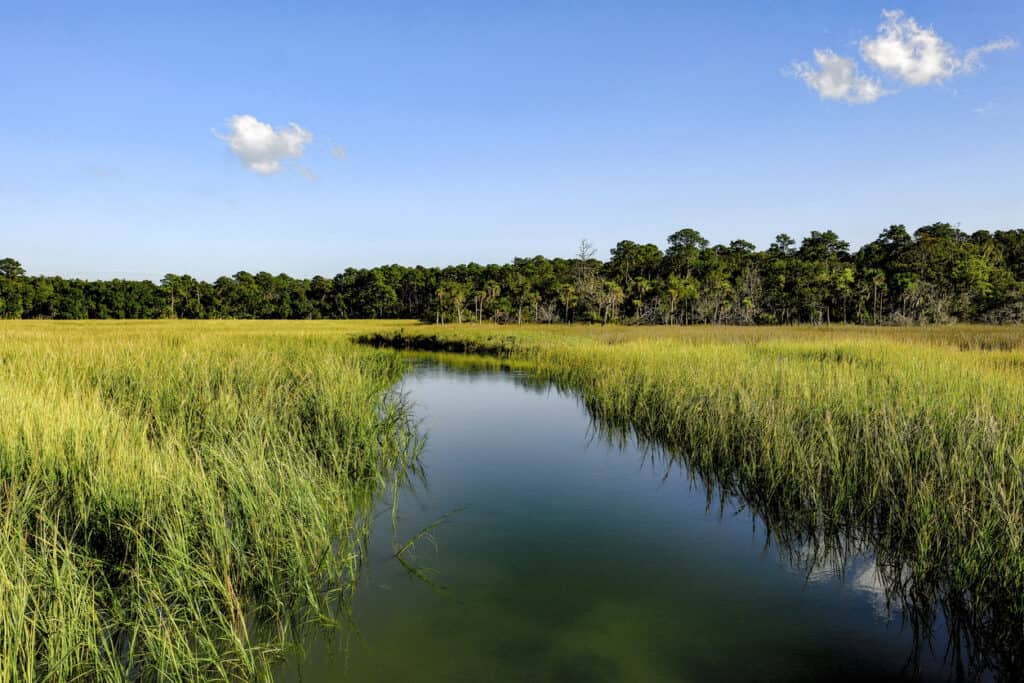
Wetlands play a critical role in our ecosystem, from mitigating flooding, improving water quality, and providing food and habitat for aquatic life. Wetlands are also considered “carbon sinks,” meaning they absorb and store carbon from the atmosphere. When wetlands are impacted by ground disturbance, the carbon stored in these wetlands is released into the atmosphere, contributing to greenhouse gas emissions. Since our ecosystems depend on wetlands, protecting wetlands and protecting biodiversity go hand in hand. Civil Engineers can protect wetlands and waterways in the following ways:
- During the early stages of the project, identify whether the site has wetlands and waterways using online tools such as the U.S. Fish and Wildlife Service (USFWS) Wetlands Mapper and available county data. If there are wetlands, streams, or rivers within the project limits, develop solutions that avoid disturbing these valuable natural resources.
- Identify which governmental agency may have jurisdiction over the wetland or waterway on the project site. Coordinate with local, state, and federal agencies to identify applicable wetland regulations and permitting requirements.
- Always make sure that the project includes sediment and erosion control measures for proposed ground disturbance activities to prevent pollutants from being carried into local waterways.
- If there is a wetland or waterway within the project limits, specify silt fence and high-visibility construction fence along wetland boundaries on the plan set to make sure that no equipment or excavators enter sensitive wetland areas.
- If it is not possible to avoid disturbing wetlands or waterways in the project, work with the jurisdictional governmental agency to identify the required wetland mitigation measures necessary to reverse these impacts.
2. Restore Natural Habitats
As Civil Engineers, we have the ability to make our project sites more suitable for local habitats with the site restoration measures we call out in our plans and specifications. Our clients heavily rely on us to select the most appropriate seeding and landscaping, which offers an optimal balance between cost, aesthetics, and ease of maintenance. Below are a few ways that we can provide our clients with a high-quality end product while also promoting biodiversity:
- Restore the project site with native seeding rather than turf grass, especially in areas near wetlands, waterways, and ditches. Climate-appropriate plantings require less maintenance and irrigation, which can reduce costs and conserve water. Native plants have deeper root systems than turf grass, which are more effective at absorbing stormwater and filtering pollutants from runoff. They are also more effective at stabilizing stream banks and sloped areas.
- Seed the area with a diverse selection of pollinator-friendly native plants to provide habitat for bees, butterflies, and birds.
- Remove invasive plant species from the project site; invasive species are known for disrupting biodiversity by outcompeting native species. Common buckthorn and non-native honeysuckle, for example, are both invasive species that can create densely shaded areas that make it impossible for native plants to survive. Removing these invasive species using proper techniques and reseeding the area with native plants will offer a more suitable habitat to support wildlife.
- Prepare a Monitoring & Maintenance (M&M) Plan, which requires the Contractor to provide a qualified ecological professional to manage the native vegetation on site for the first three growing seasons. The M&M Plan will increase the chance for the native vegetation to be established in the area.
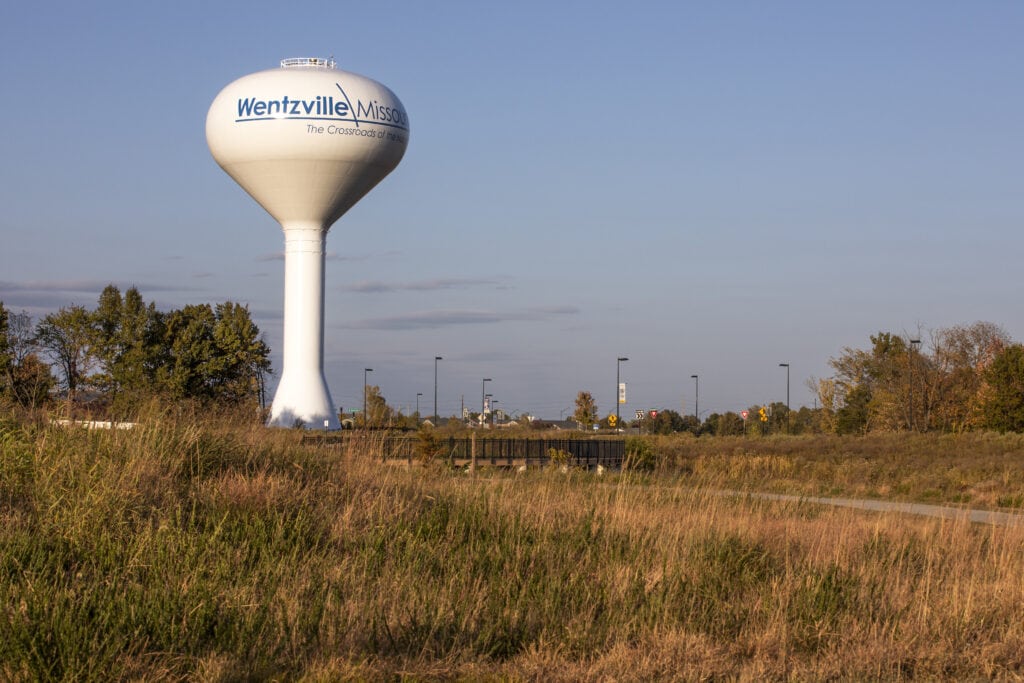
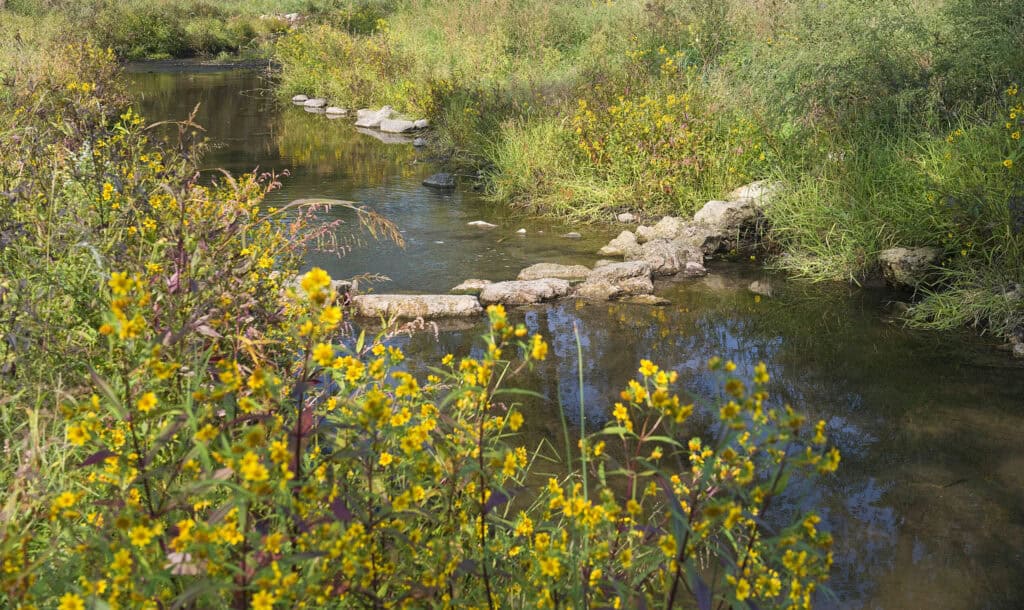
3. Design with the Environment in Mind
Civil Engineers have the power to protect and enhance biodiversity in our communities by being mindful of how the design decisions we make can impact the environment. This is especially true given that the projects in our industry impact thousands of acres of land each year. Something as simple as specifying an environmentally friendly product or minimizing the development of open spaces can significantly enhance the survival rate of our local species. Below are some renewable civil engineering solutions that can significantly reduce our environmental footprint.
Select Wildlife Friendly Erosion Control Products
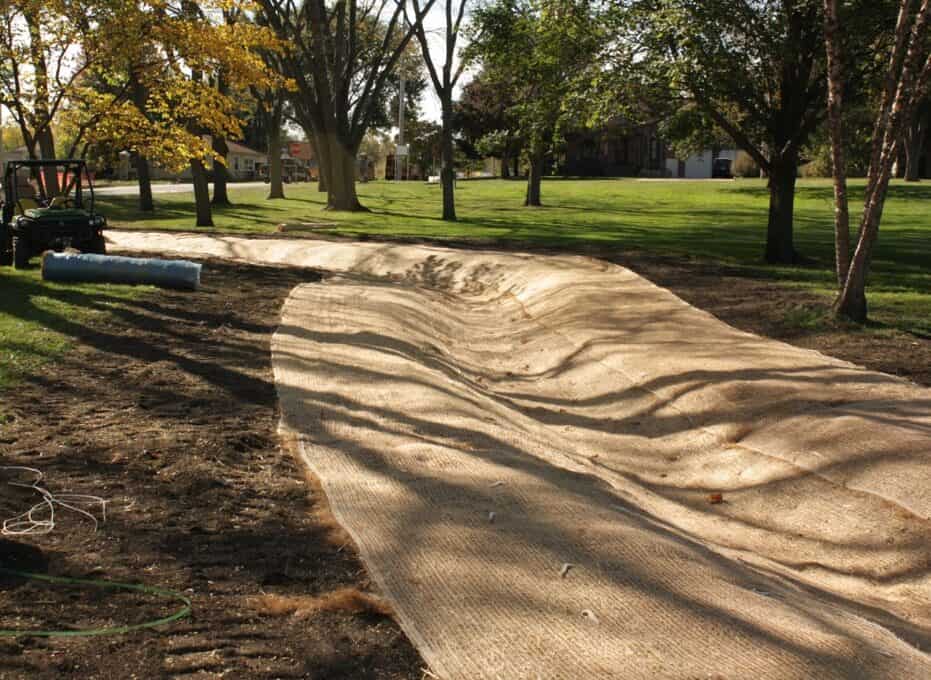
Many of the erosion control products specified for use in construction contain plastic mesh, which is known to hurt our wildlife. Many animal species, such as reptiles, amphibians, birds, fish, and small mammals, become entangled in the plastic netting found in erosion control blankets, causing injury and death.
Additionally, the plastics found in these products become a source of pollution and microplastics in the environment. We can help reduce the loss of wildlife by specifying wildlife-friendly erosion control products that are made from natural, 100% biodegradable (jute, sisal, or coir fiber) or netless products (straw mulch). Oftentimes, our projects require stabilizing several acres of disturbed ground with erosion control products, so specifying plastic-free and wildlife-friendly options can allow us to protect biodiversity.
Protect Threatened and Endangered Species in Your Area
Unfortunately, the list of threatened and endangered species across the globe is rising each year. The USFWS Information for Planning and Consultation (IPaC) is a useful tool that identifies the list of threatened and endangered species that may be present within the project location. Using this tool and learning more about the species can allow us to assess whether the project might impact the given species. With this knowledge, we can modify our projects accordingly to reduce the likelihood that the species may be impacted by construction.
One such example is the Northern Long-Eared Bat which is a threatened species known to be present in 37 states in the United States. During the summer months, this bat tends to live and roost in trees larger than 3 inches in diameter with exfoliating bark or crevices. To avoid impacting the bat, it is best to avoid tree clearing during the maternal roosting season and to instead clear trees during the inactive season when the bats are more likely to be in caves and mines. The inactive season for the Northern Long-Eared Bat varies by state, and the dates can be found on the U.S. Fish & Wildlife Services website.
Repurpose Developed Land Instead of Developing Open Spaces
Oftentimes, our clients ask us to guide them in selecting the most suitable locations for developing buildings, utilities, roadways, and more. One method to protect biodiversity is by encouraging our clients to reuse and repurpose land that is already developed or that has been disturbed in the past rather than developing in undisturbed open space areas. Developing natural areas can fragment and destroy critical and sensitive habitats and cause severe biodiversity loss. We can protect biodiversity by prioritizing development on abandoned lots, such as brownfield, infill, and greyfield sites.


Civil Design Responsibility
Civil Engineers are tasked with the important responsibility of designing, building, and maintaining infrastructure and developing solutions that enhance the quality of life for those who reside in our communities. By protecting the Earth’s natural resources and by being mindful of how our design decisions can impact the natural environment, we have the opportunity to slow and even reverse the biodiversity loss experienced across the globe. Let’s commit to sustainable civil engineering and eco-conscious civil design this Earth Day 2024 and beyond to safeguard our planet’s precious biodiversity.
Subscribe to HR Green Insights
We're dedicated to providing up-to-date knowledge and insights about the topics that matter most to you. We know how busy you are, so we will keep this simple, covering just one topic per email. Once you've subscribed, you can easily customize your preferences to receive only the updates relevant to you.

